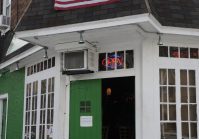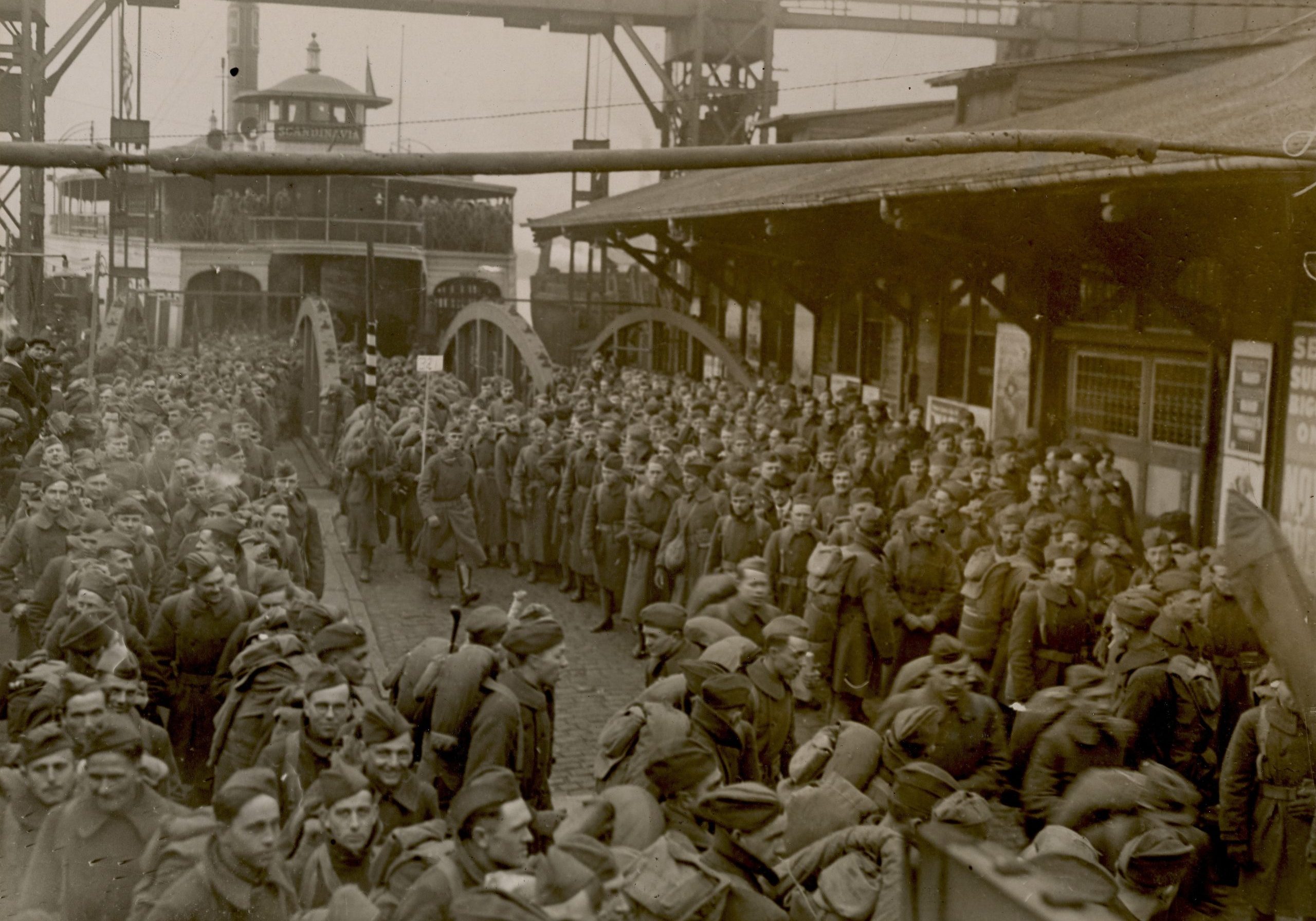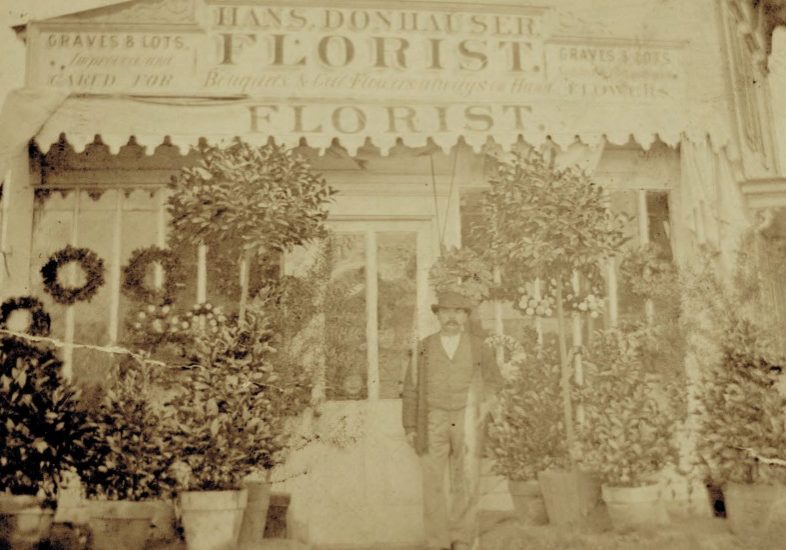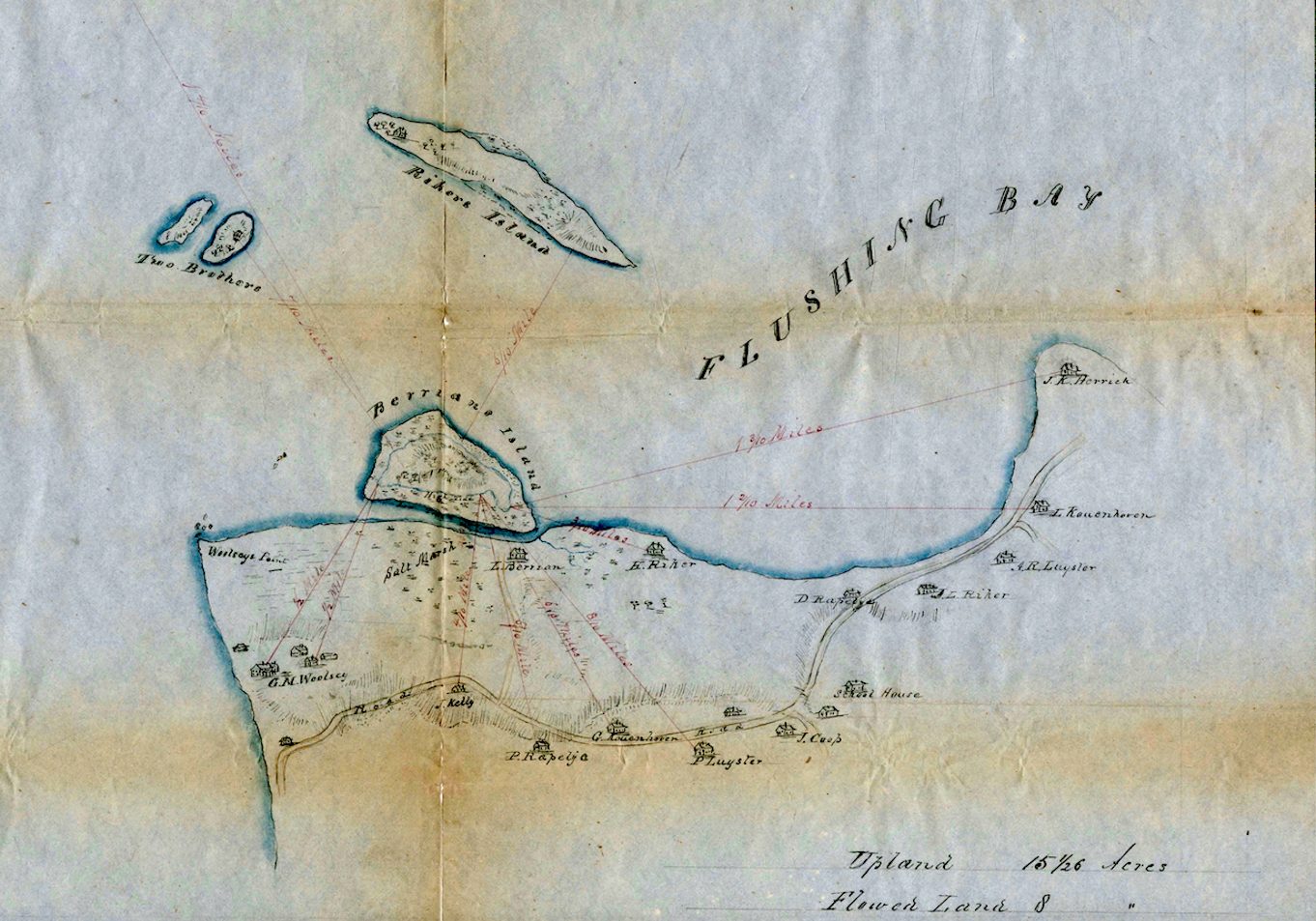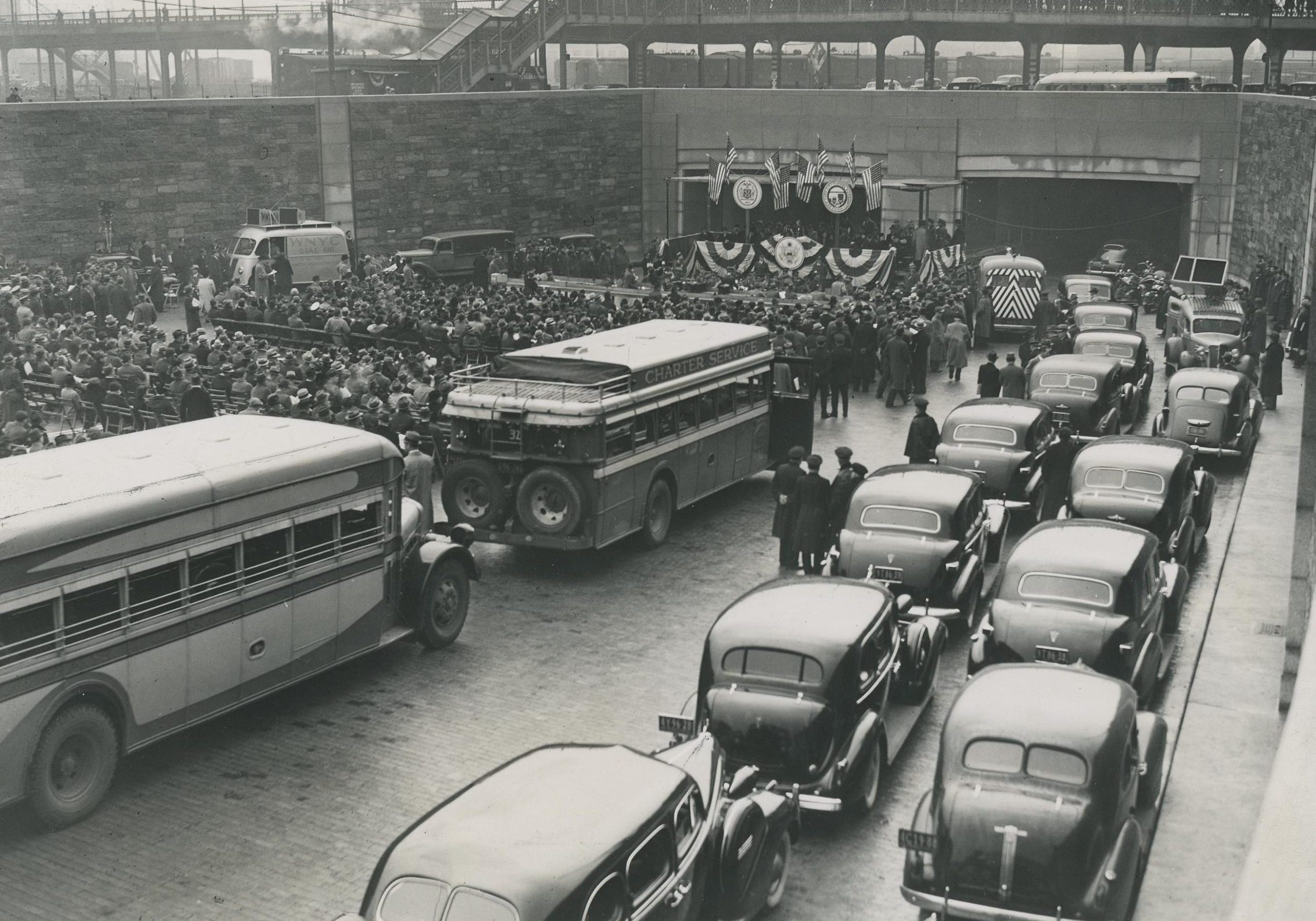LaGuardia Airport’s Hidden Historic Gem
There is a hidden gem behind La Guardia airport’s new $8 billion face-lift. Although most of the original LaGuardia Airport (including almost all of the famous American Airlines hangers) have been torn down to make way for new ultra modern terminals, the Marine Air Terminal which once hosted seaplanes flown by aviation legends Howard Hughes and Glenn Curtis is alive and well.
Built in 1937, for what was then known as North Beach Airport, the Marine Air Terminal was designed by the firm of Delano and Aldrich with money provided by the Works Progress Administration or WPA. The WPA was a program started during the Great Depression by President Franklin D. Roosevelt to get American’s back to work. Think of it as the modern day CARES Act but much, much grander in scale. President Roosevelt approved plans for the airport on September 3, 1937, with further support given by NYC mayor Fiorello La Guardia.
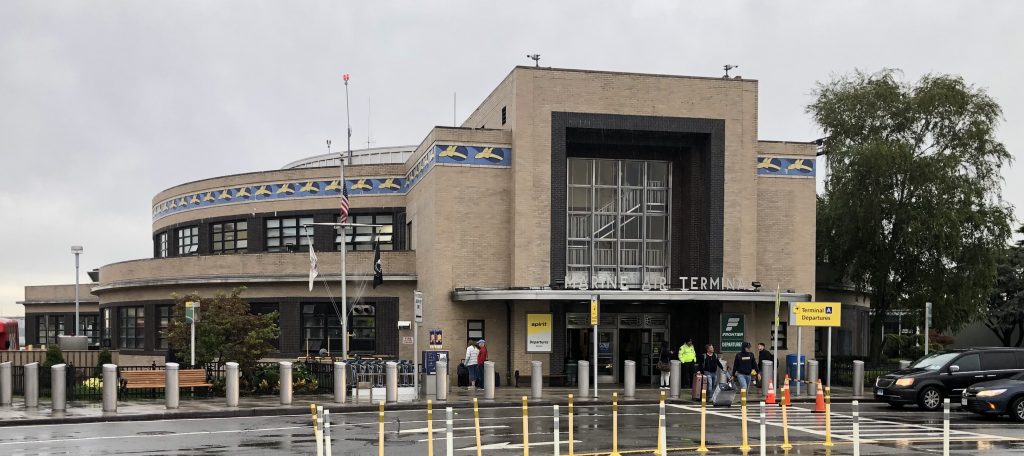
The airport was built for a record $29 million and was slated to be completed in time for the 1939-40 New York World’s Fair and by July 1938, the WPA employed almost 12,000 workers to build the new airport which until that time had consisted of a small runway and a one story wooden building which served as an administration facility and coffee shop. Prior to the opening of the seaplane terminal, in early 1939, The New York Times reported that giant seaplanes (or clippers) from England, France, Germany, and the United States would be using the terminal.
The expanded North Beach Airport and its beautiful art deco Marine Air Terminal opened for a preview on October 15, 1939. The official opening was on March 31, 1940, when a clipper carrying ten crew members, nine passengers, and more than 5,000 pounds of mail departed from the terminal via Flushing Bay bound for Lisbon, Portugal. The flight landed 18 hours and 35 minutes later, setting a record for an eastbound transatlantic clipper flight. A brochure distributed on the terminal’s opening day proclaimed it as “an enduring terminal linking the air routes of the old world with those of the new.”
The first flying boat to land at the Marine Air Terminal arrived from Bermuda on April 1, 1940. At the time, the terminal served three transatlantic trips per week. Originally, members of the public were allowed to visit the Marine Air Terminal’s observation deck, which became a popular place to observe seaplane and airplane landings. This served as a major attraction for the residents of Astoria, Corona and Flushing as air travel was still a new thing and the sight of these giant commercial airplanes landing and taking off from the waters of the Flushing Bay was surely a sight to behold. The deck was closed for security reasons during World War II and has remained closed since then.
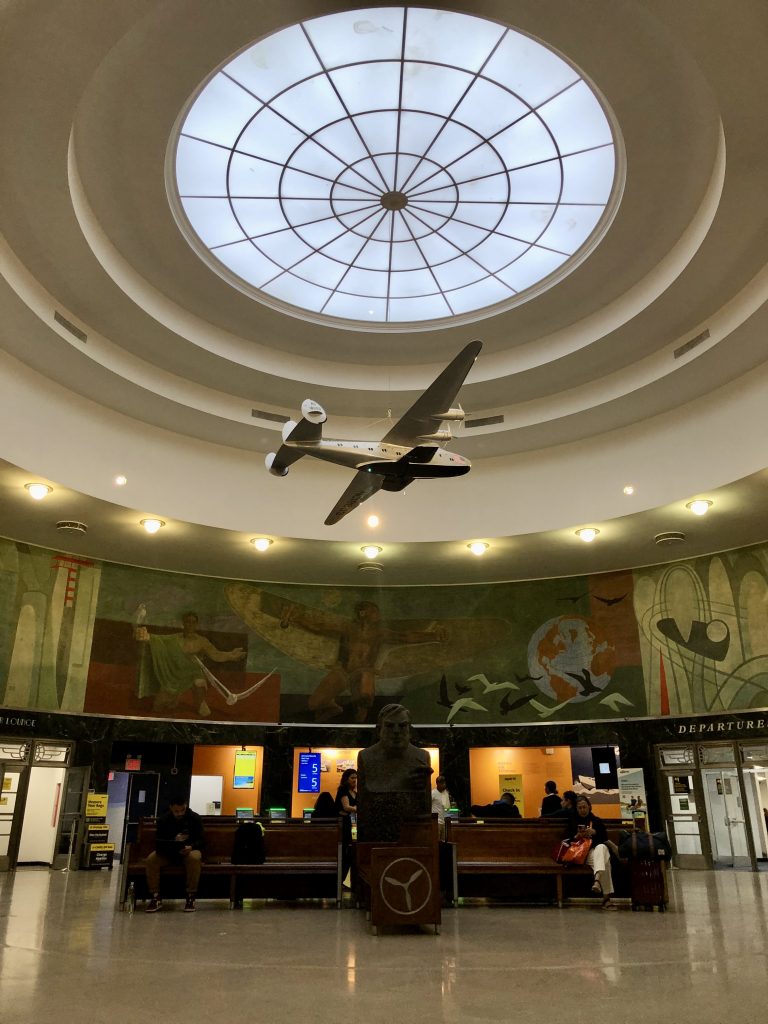
The waiting area inside of the Marine Air features a bronze bust of Mayor La Guardia as well as the WPA era mural Flight, created by James Brooks, depicting the history of flight.
The inside of the Marine Air Terminal is as impressive as the outside. The waiting area, which takes up most of the terminal’s interior features a bronze bust of Mayor La Guardia for whom the airport was named immediately after his death in 1947. A rotunda ceiling covers the waiting area. Around the base of the rotunda is another impressive historic artifact. Flight, a mural measuring 12 feet tall and 237 feet long, created by James Brooks, depicts the history of flight. It was the largest mural created as part of WPA, which also employed artists as well.
The mural is roughly divided into two sections. The first section depicts the early history of aviation starting with the Greek myth of Icarus, who flew too close to the sun and got burned and the flight-related inventions of Leonardo da Vinci. The second section depicts the modern history of aviation, starting with the Wright Brothers and ending with modern transatlantic travel.
Astoundingly, the mural Flight was completely painted over in 1952 and was only rediscovered in 1973 during renovation of the waiting area. The mural was rededicated on September 18, 1980 and was fully resorted in early 2022. On July 9, 1982, the Marine Air Terminal was placed on the National Register of Historic Places and still services domestic flights until this very day.




